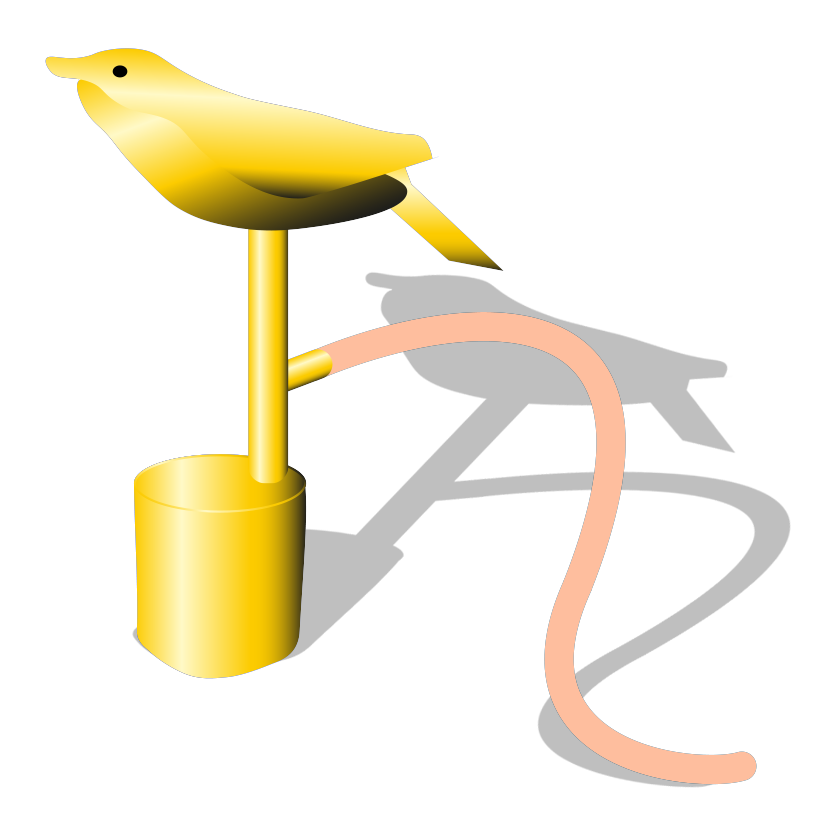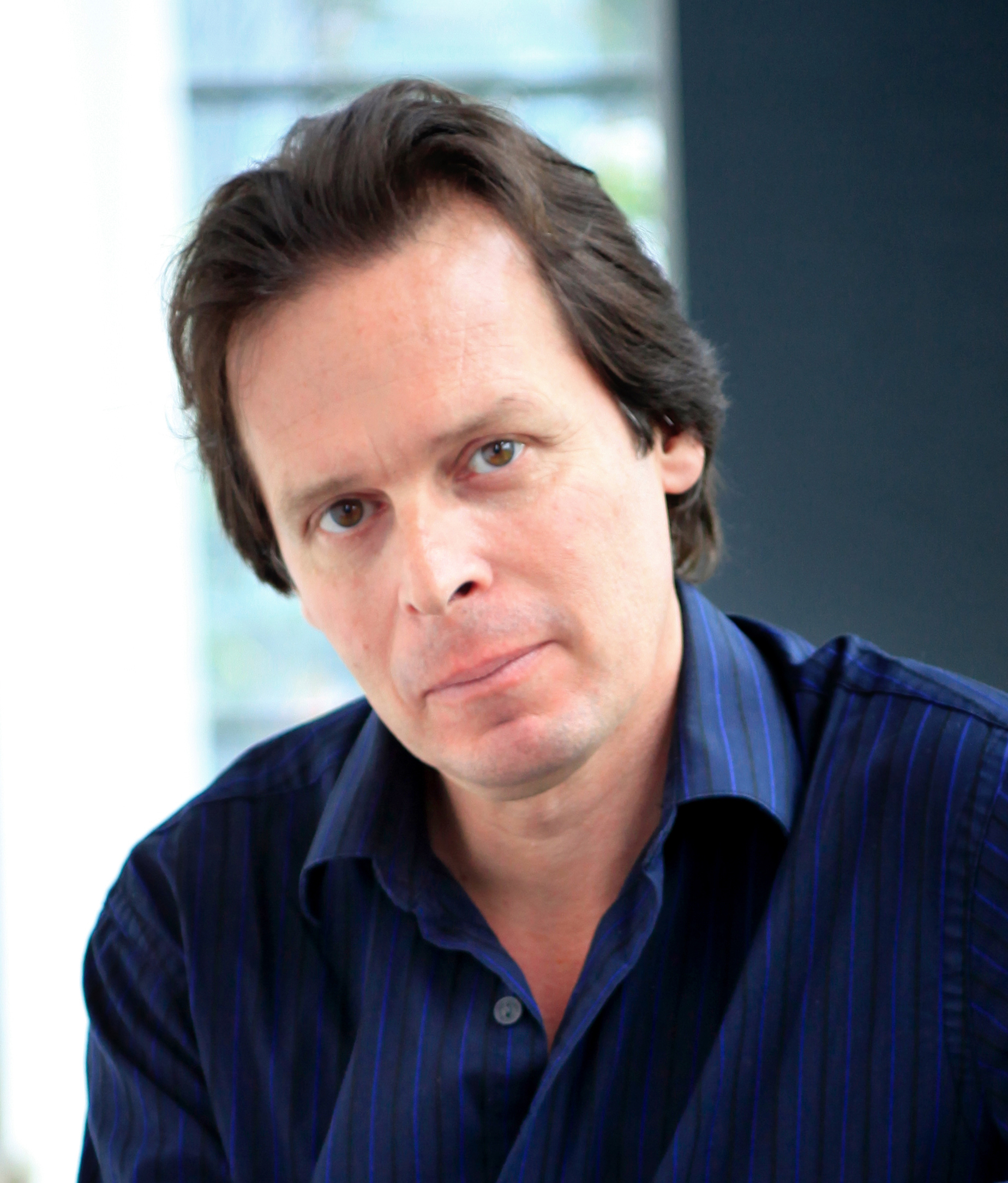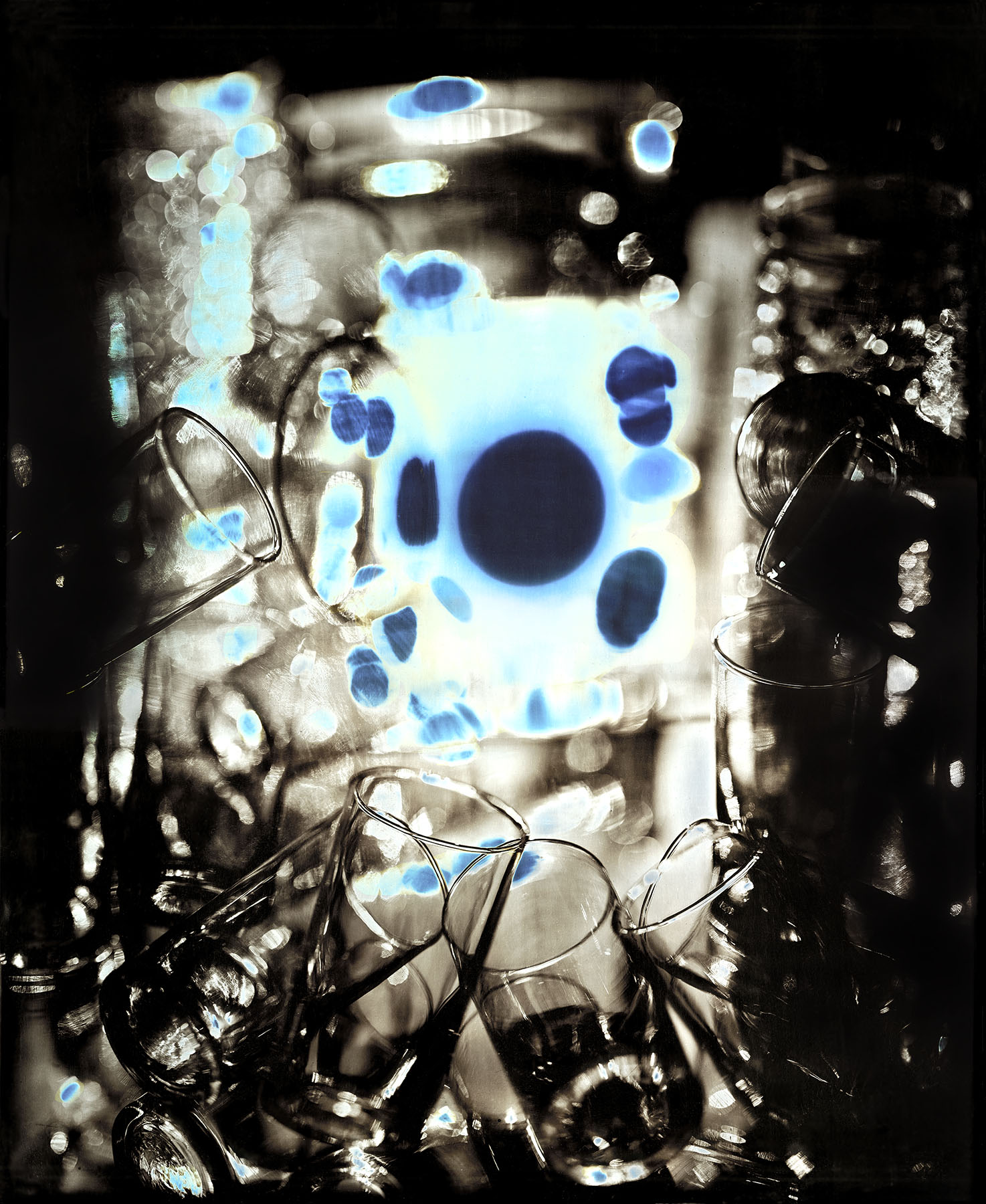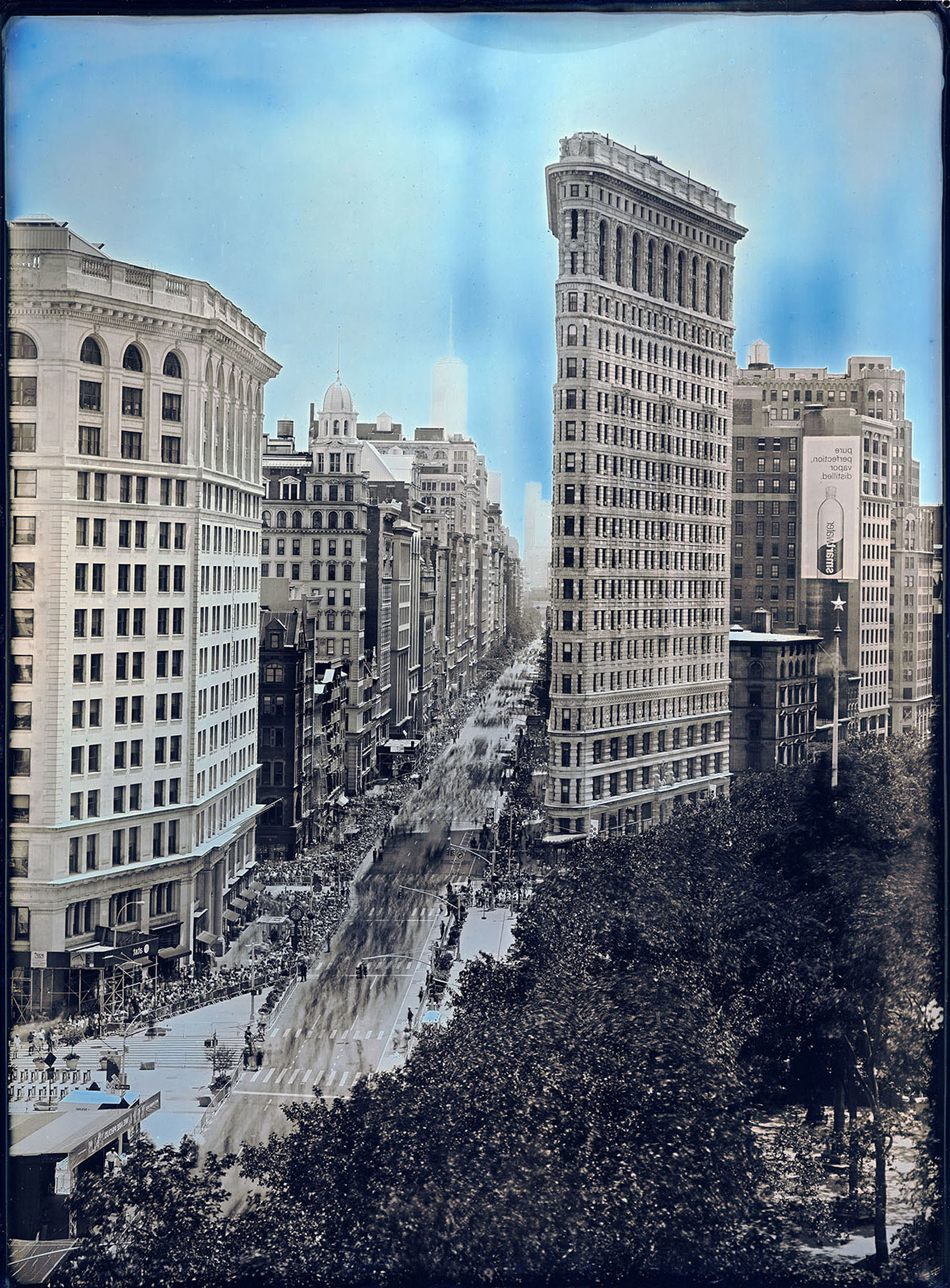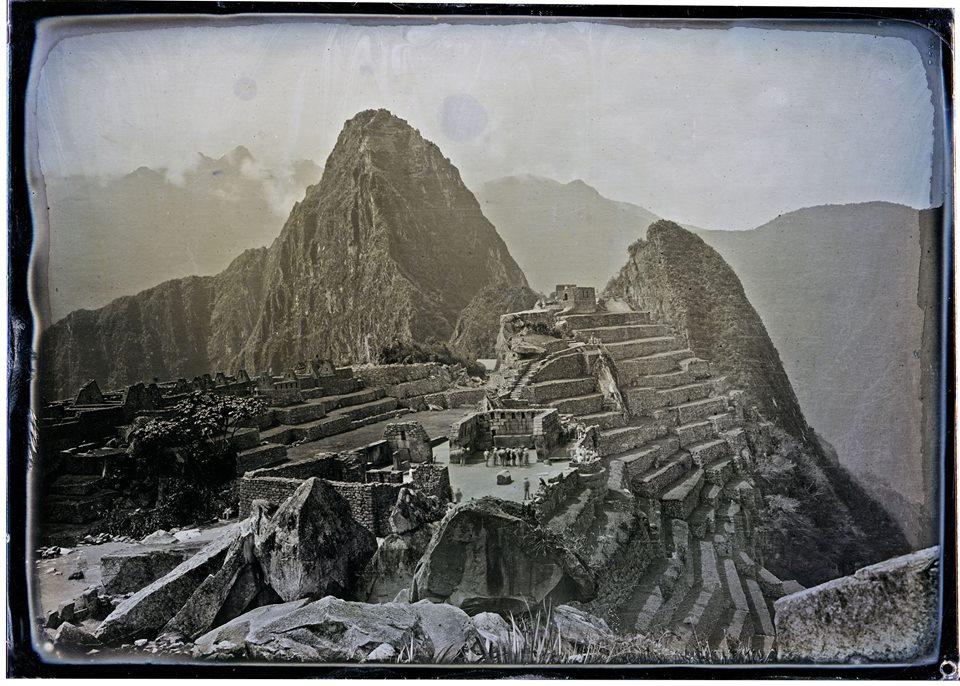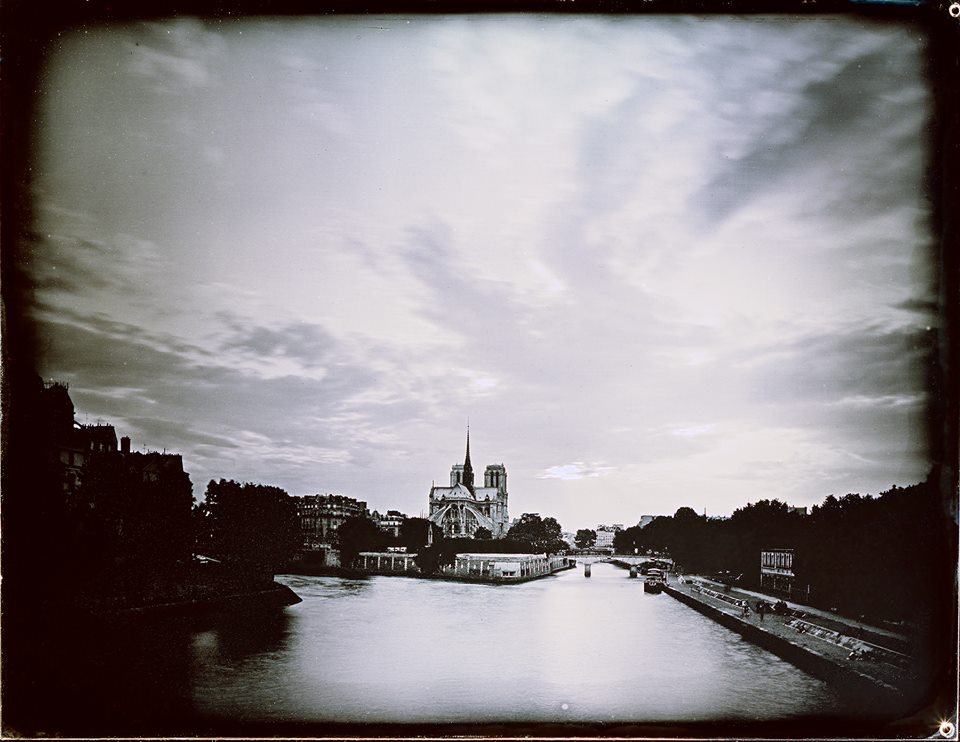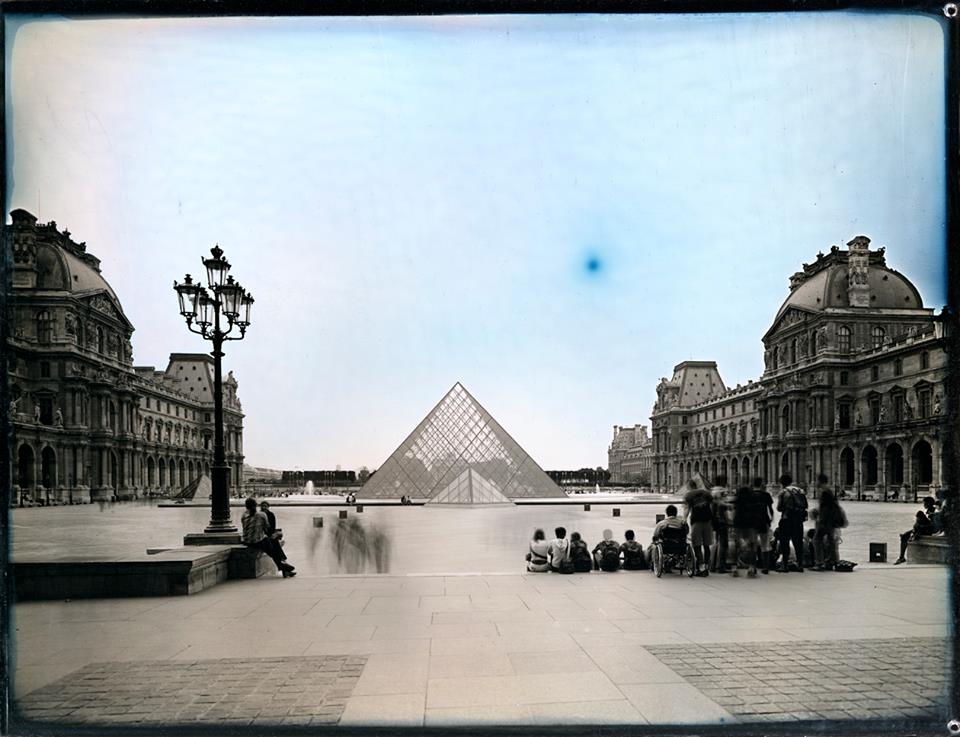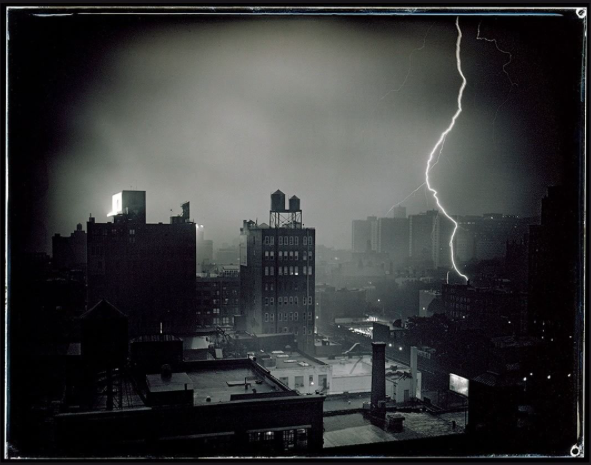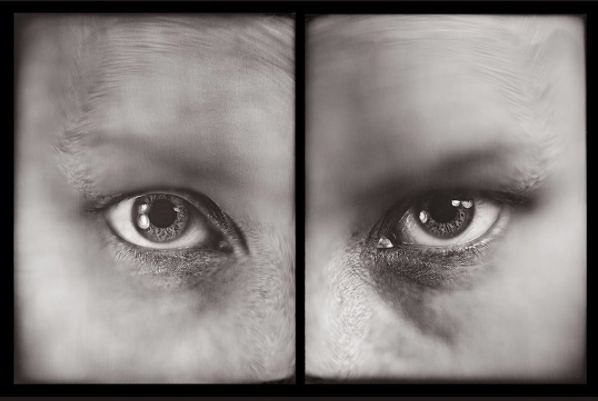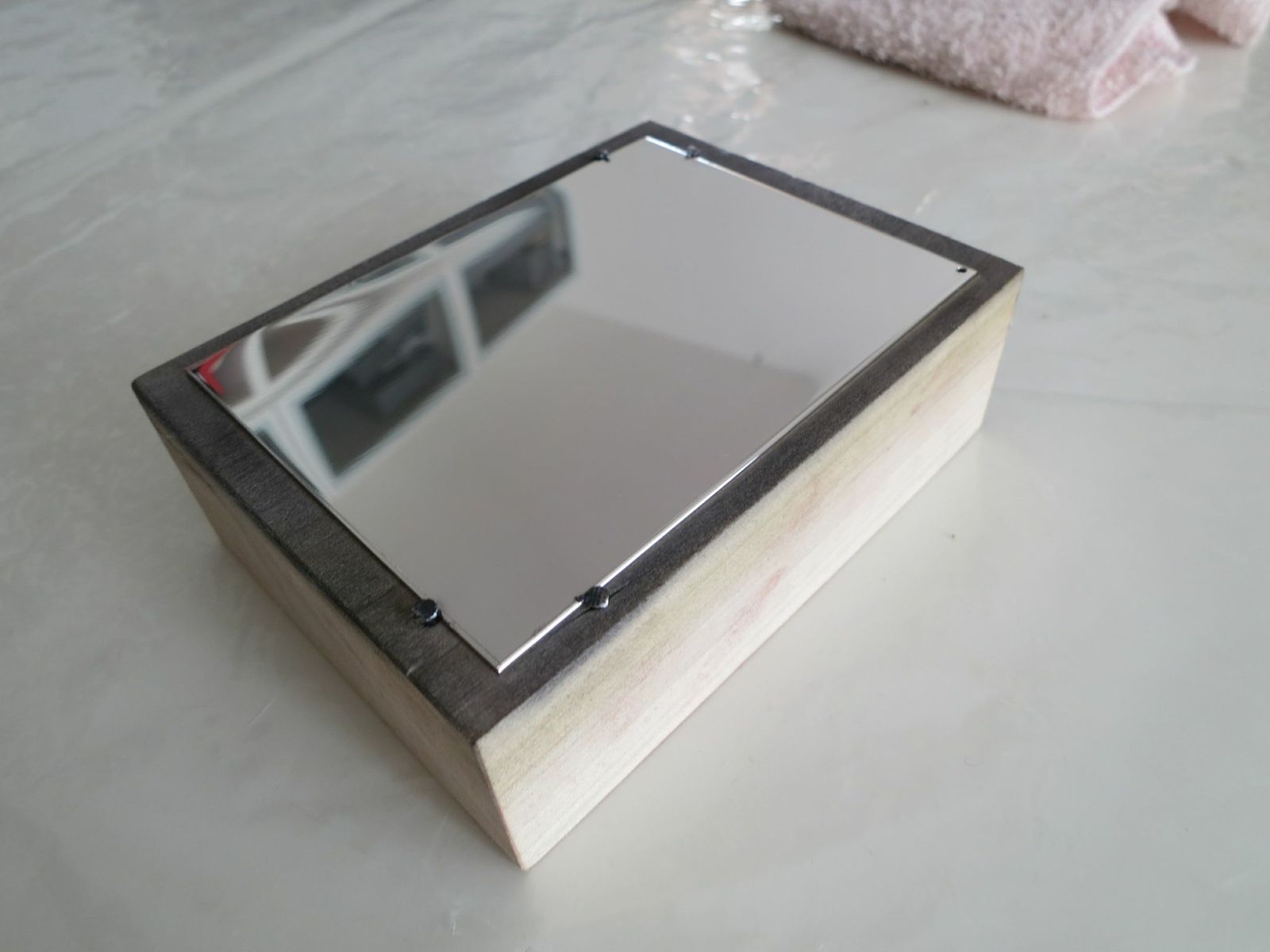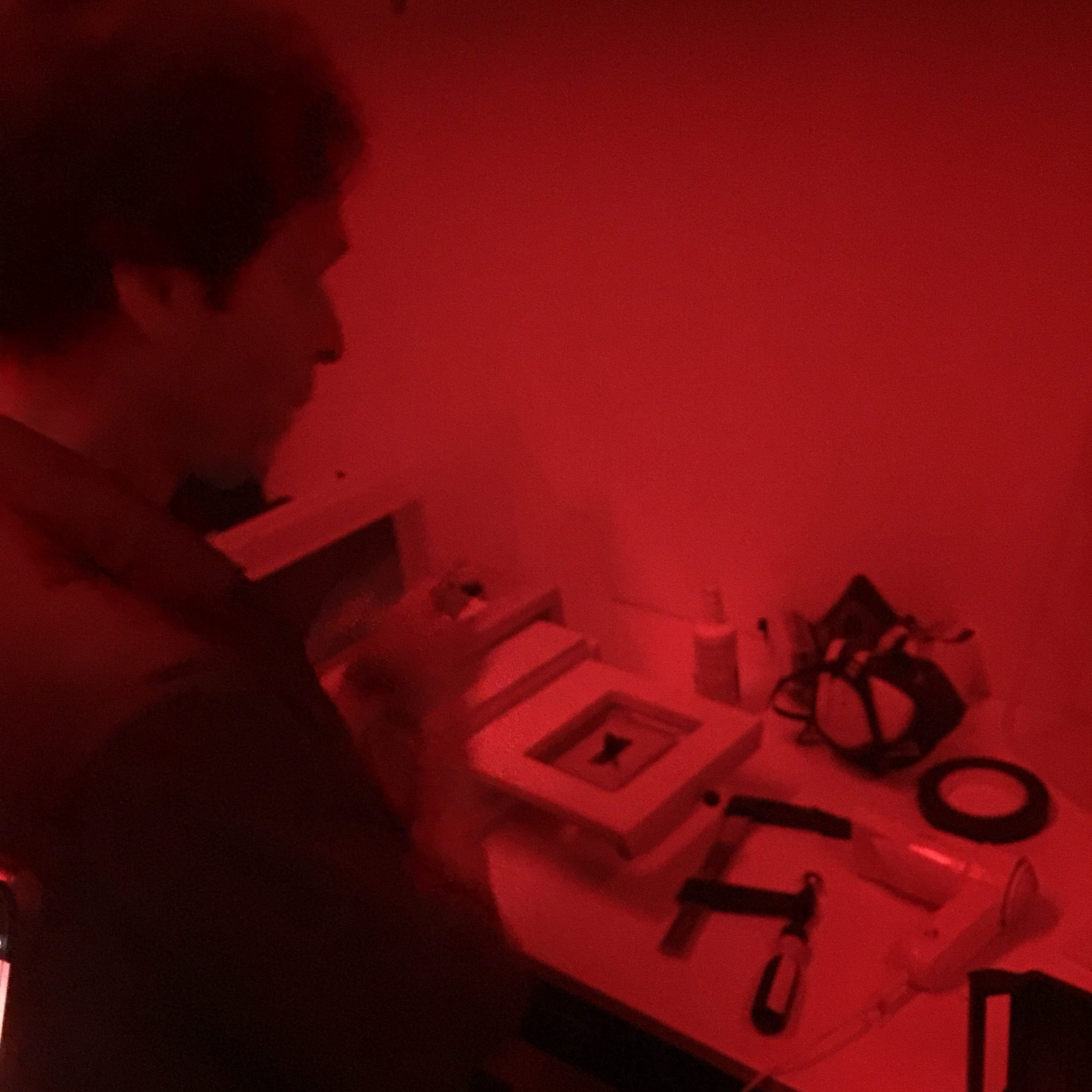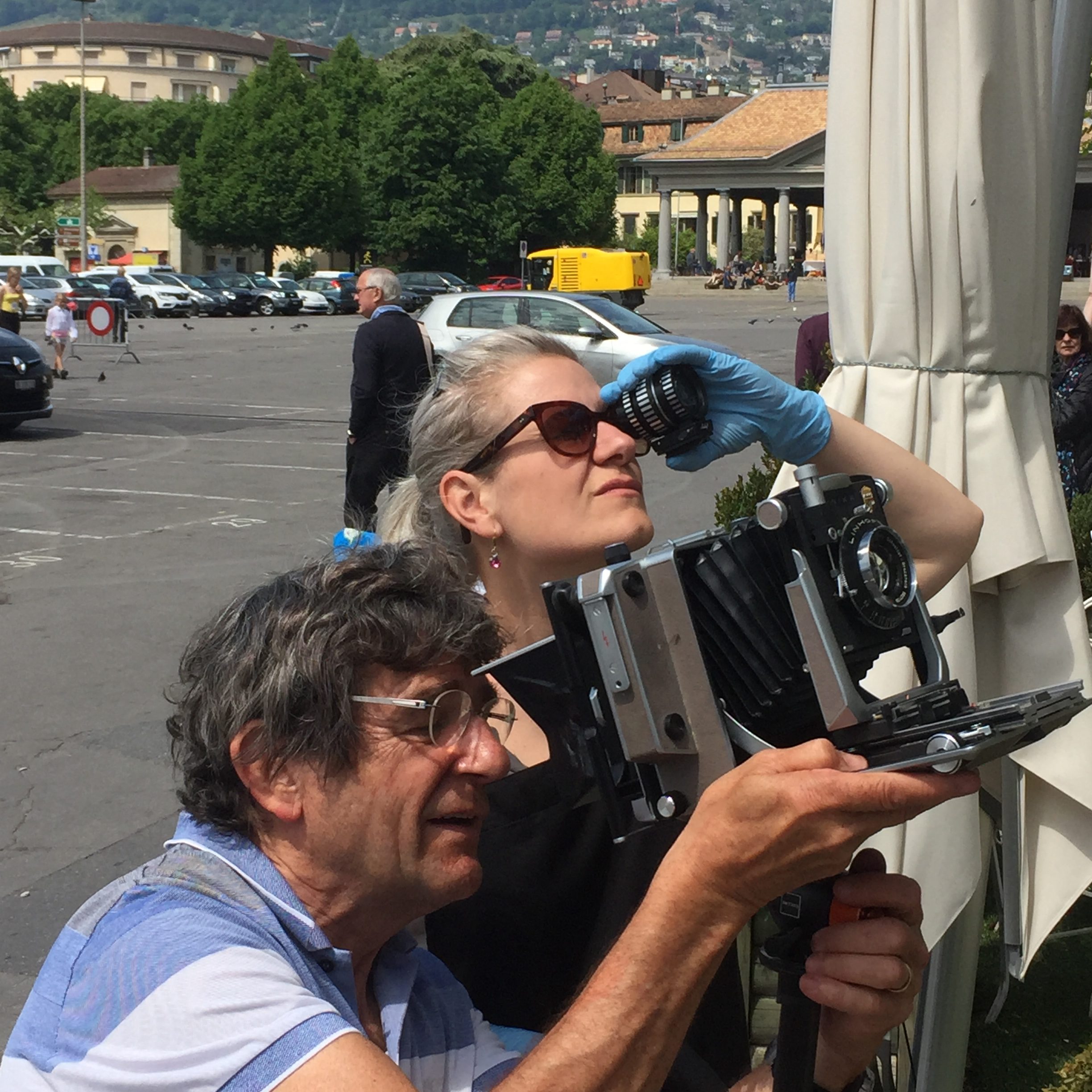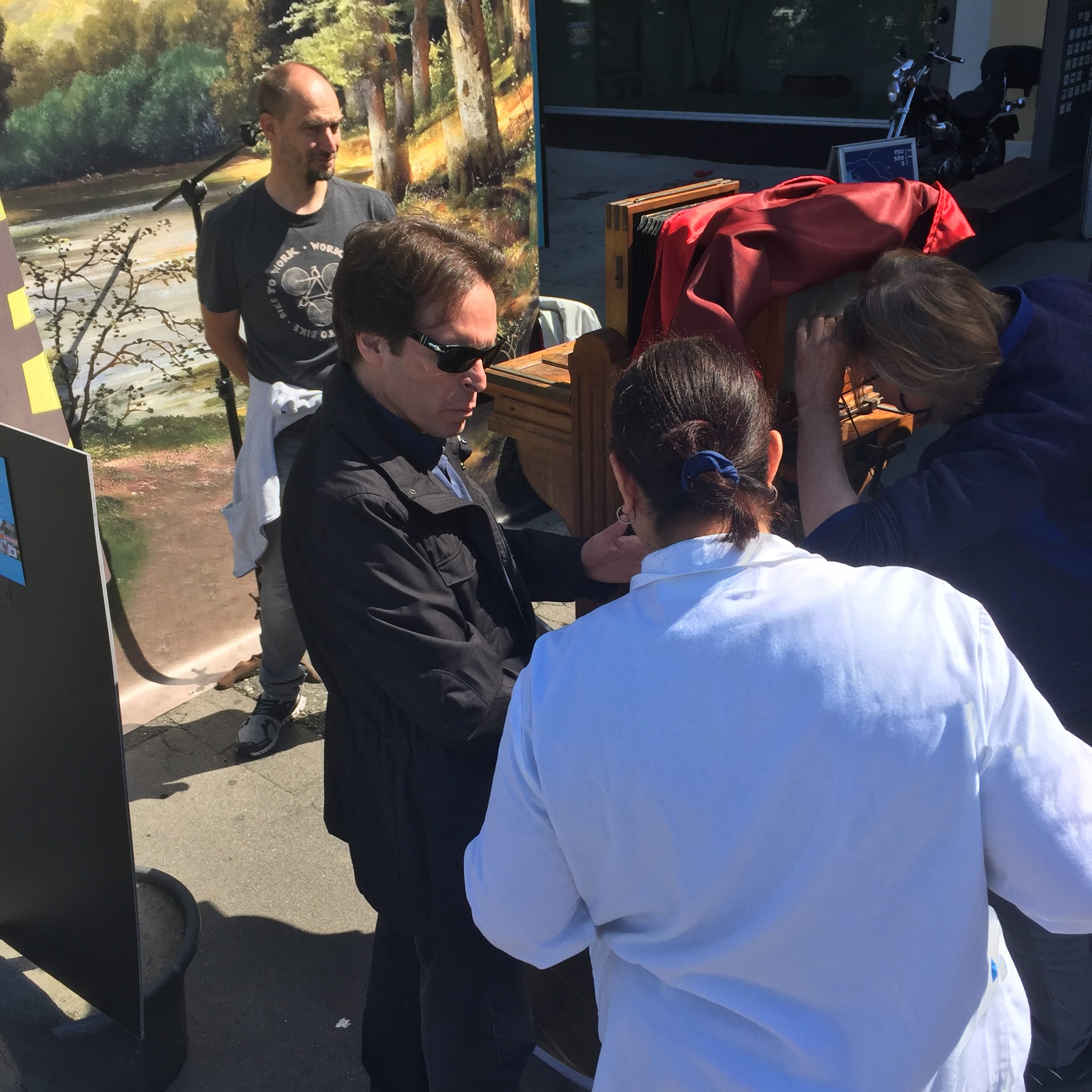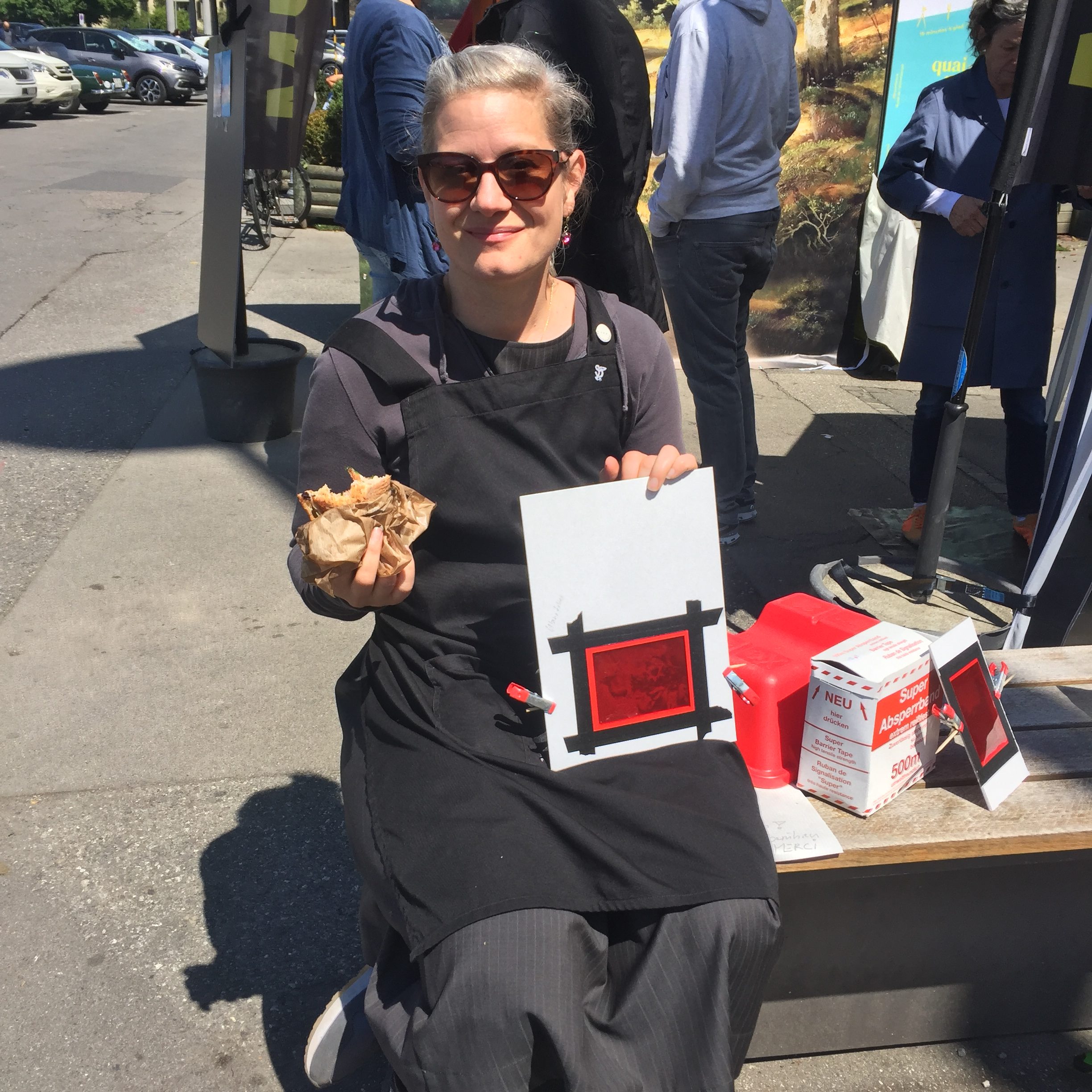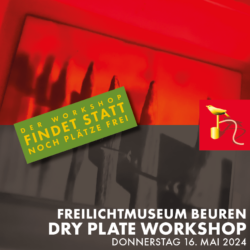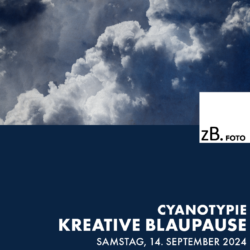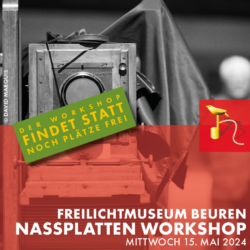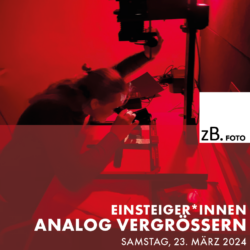Beschreibung
Daguerreotype Process
The daguerreotype was the first commercially successful photographic process. This positive one-of-a-kind image, with its mystic silver mirror effect, is still fascinating after 180 years.
Daguerreotype workshops are extremely rare. Due to great success Swiss Camera Museum at Vevey in May 2018, we are inviting Jerry Spagnoli again to the Switzerland.
Cameras and Equipment will be provided by PeterMichels Fotokultur. Own Cameras and lenses may be used too, there will be fitting Graflock / Lisco Plateholders available.
Dieser Workshop findet in englischer Sprache mit deutscher Übersetzung und französischer statt.
Location
Swiss Camera Museum, Grand Place 99, 1800 Vevey
Accomendation (not Included)
DATE
Date will be Published in due course
Programme
During the first day you will receive an introduction to both the Daguerreotype process (Bequerel and Mercury method). The following two days, you will be able to make two own quarter–plates 3¼“ x 4¼“ (83 x 108mm) from start to finish with the assistance of Jerry Spagnoli. You may reuse these plates or you may be able to make additional plates at a little extra cost.
Jerry Spagnoli, born New York 1956
Jerry Spagnoli is one of the world‘s best known practitioners of the daguerreotype process. His work is held in the collections of various museums like the Whitney Museum of American Art in New York.
His recent books “Daguerreotypes“ and „American Dreaming“ were puhlished by Steidl. Jerry Spagnoli is widely known for his collaborative work with Chuck Close and Karl Lagerfeld.
Jerry Spagnoli On The Daguerreotype
(excerpt from: Photography Beyond Technique. edited by Tim Persinger, Focal Press 2014)
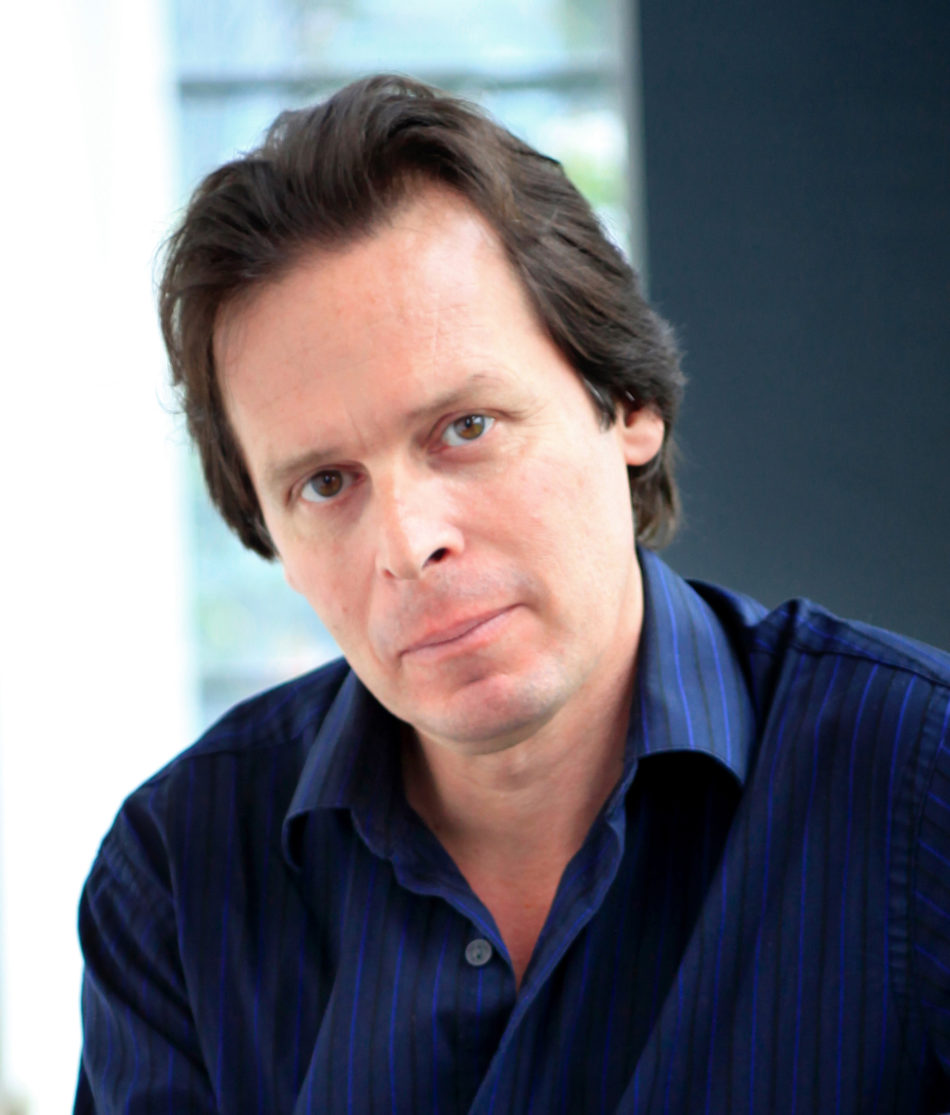 When photography was first introduced in 1839, it was hailed as a great tool for science. It was thought that at last there was a reliable, neutral reporter on everything under the sun. e possibility that it was a medium for art came later. Photography’s rst talent was thought to be its objectivity, its ability to present the facts. The photographic image, was considered free from the intervention of the artist. It was thought to be empirical and reliable. Created automatically, by a machine, it was free of the inevitable distortions found in the work of the human hand (and mind).
When photography was first introduced in 1839, it was hailed as a great tool for science. It was thought that at last there was a reliable, neutral reporter on everything under the sun. e possibility that it was a medium for art came later. Photography’s rst talent was thought to be its objectivity, its ability to present the facts. The photographic image, was considered free from the intervention of the artist. It was thought to be empirical and reliable. Created automatically, by a machine, it was free of the inevitable distortions found in the work of the human hand (and mind).
What I’ve found since I saw my first daguerreotype is that the content of the work I’ve produced can increasingly be found within the materials and methods I utilize and the medium’s relationship to the world. It’s at that point where the functional metaphors of the work are operating. The subjects of my images are straight-forward documents, but are nuanced to a greater or lesser extent by the medium’s own ways of perceiving the world.
Photography, for me, is a mechanical demonstration of consciousness, with all its limitations and richness. It is this historical reputation for objective reporting that I use as a starting point when considering how to approach a project, and which photographic technology to employ. I think that it is perfectly obvious that objectivity is a condition which is impossible to achieve. We are the products of innumerable impressions. Our schooling shapes us. Our talents and de cits turn us in particular directions. Even our senses have been demonstrated by science to be limited severely when it comes to conveying all of the various stimuli that bombard us throughout the day. Even with all of those points well understood, we all persist in believing that we have a grasp on the objective truth of our situation. our relationship with the world can best be described as fuid.
Our knowledge and understanding of the situations that we encounter is constantly shining and changing as new information is received and as our appreciation of the complexities of particular circumstances develops. At some point you may reach the conclusion that the only thing you can know for sure is that you can’t know anything for sure. In this world of flux and uncertainty stands photography, freezing moments, and allowing us to examine the information contained in a fragment of time from a particular point of view.
Language / tutorial
The workshops will be held in English with German translation. A tutorial by Jerry Spagnoli will be provided in English.
Material
Material and a tutorial is enclosed. If you are a fast worker, you may buy additional silvered plates during the workshop at an little extra cost (ca. 40CHF).
Equipment
Cameras and equipment will be provided by Peter Michels Fotokultur, a selection of 4/5“ cameras. Own 4/5“ cameras may be used to, there will be matching placeholder for the plates.
Fee
will be published in due course
(inc. lunch (Sandwiches & Salad), Material and Chemicals)
Smallprint
The workshop requires a minimum of 3 participants and a maximum of 6. The participants are responsible for their own insurance.
This Workshop is a Co-Production with ars-imago Zürich.
For administrative reason we will set a registration deadline
